“The time was fast approaching when Earth, like all mothers, must say farewell to her children.”
“We began as wanderers, and we are wanderers still. We have lingered long enough on the shores of the cosmic ocean. We are ready at last to set sail for the stars.
”
“The Earth is the cradle of humanity, but mankind cannot stay in the cradle forever.”
Infeasibility of using Chemical Rockets for Interstellar Missions
Image of the Saturn V rocket launching to space. Image courtesy of NASA.
Chemical rockets are very big and they are also very slow on interstellar distance scales. This is because exhaust propellant must be used not only to accelerate a big clunky rocket but it must also be used to accelerate the vast amount of fuel contained within that rocket. Not only do you have to move the rocket and the payload out of Earth's gravity well, but you must also move all of that fuel as the rocket is accelerating. The requirement that all of the fuel used to accelerate the spaceship must be inside of that spaceship pretty much bars any prospects of using chemical-based rockets like the Saturn-V to reach the nearest star, Proxima Centuari, which is roughly 4.37 lightyears away from the Earth. Reaching Proxima Centauri using a chemical rocket would take about 70,000 years or so, if we had enough fuel. The only way to reach Proxima Centauri within the timespan of a human lifetime would require an amount of fuel with a mass which exceeds the total mass of all the stars and galaxies within the observable universe. Suffice to say, the likelihood of reaching Proxima Centauri using a chemical rocket is hopelessly impossible.
Route I to the Stars: Small Fast Ships
Are there alternatives to chemicals rockets? Are there other ways for us to get to the stars? As the engineer Dr. Robert Zubrin alighted in his book Entering Space, we known from modern science and engineering that the answer to both questions is yes. There are in fact many different ways our descendants could reach the stars. In this article, we shall restrict our attention to just one strategy that we might use to reach the stars. (Later on in this article and also in the next few articles after this one, we’ll focus on two other strategies which our descendants might use to reach those stars.) The first would be to send very small probes at very high speeds to the stars. It seems fairly certain that this approach will be the first way we reach those nearby stars and exoplanets and other celestial bodies which orbit around them. It is for this reason why we'll discuss in detail this way of getting to the stars first. We're going to discuss in greater detail later on in this article how the very first missions to the stars would use really small, but very fast, interstellar probes like the post-stamp sized Starshot probes proposed by Breakthrough Starshot, or the 1 ounce Starwisp probes, or the 1 ton Genesis probes (which is still pretty small, at least as far as interstellar spaceships are concerned).
The use of these small interstellar probes avoids the problem of having to accelerate large amounts of material and fuel. This is because such probes do not rely on fuel inside of or attached to the probes to be accelerated up to desirable speeds; rather, an external power source is used to power these probes. For example, Starshot probes would be accelerated up to 20% the speed of light using lasers; the lasers, not onboard fuel, are used to accelerate the probes to high velocities. Starwisp probes would also be accelerated to 20% the speed of light, but instead of using lasers to push on the probe, Starwisp would be accelerated by shining a microwave beam on the Starwisp probe using something called a maser. These two different kinds of spacecraft would, almost certainly, be the first spacecraft to fly to another star system. I will explain Starshot probes and Starwisp probes in greater detail shortly. We'll also talk about Genesis probes; these interstellar spaceships would be bigger than the other two kinds of spaceships I just mentioned, but they'd still be really small compared to most of the other kinds of spaceships we'll be talking about. Genesis probes would be about 1 ton each and they'd also be accelerated using lasers up to speeds of 20% of the speed of light.
Some of the earliest starships to reach other star systems—including Starshot probes and Starwisp probes—would do what are called fly-by missions. They would whiz by their destination star systems without stopping and, eventually, they would fly off into the abyss of space never to be heard from again by humanity. Depending on which star system they flew through, it would take anywhere from several hours to a few days for them to pass through their destination star systems. During the interim of their passages, they would photograph pictures of the nearby stars, exoplanets, and other celestial bodies contained within those star systems; after obtaining these pictures they would radio the data back to Earth at the speed of light. These might be the first pictures of exoplanets ever taken by spacecraft—though not necessarily as we discuss in the article, Interstellar Precursor Missions, how we might one day use telescopes 550-1,000 AUs away from the Sun which use the Sun as a gravitational lens to photograph distant exoplanets. It seems plausible that we might use a combination of both these super telescopes and tiny interstellar probes to determine which exoplanets are the most interesting and which ones seem most likely to harbor life and which ones contain habitable Earth-like planets; thus, this combination of both methods will allow us to determine which star systems would be the most promising for intrepid human explorers to visit.
Space-Based Solar Power Beyond the Earth
As we just got done discussing, the first interstellar spacecraft which we send to other star systems will likely be powered using lasers and/or microwave beams. Let’s now discuss in greater detail how we’d power such lasers and/or masers. We’re going to start off by discussing how a ring of solar panels going around the entire circumference of the Moon (something called a Luna Ring) could be used to power an array of ultra-powerful lasers which could be used to power both the Starshot probes and Genesis probes to 20% the speed of light. Project Starshot has originally proposed that the laser stations be built on the surface of the Earth; but as Michio Kaku once described in his book Physics of the Future, it would actually be preferable to build them on the Moon since the Moon doesn’t have any atmosphere. So let’s now discuss the Luna Ring and lunar laser stations (which we’ll use to accelerate the first interstellar space probes like Starshot probes and Genesis probes) in greater detail. We’ll also mention the idea of humans living inside of comets and using them as spaceships, albeit very briefly.
As we have discussed in previous lessons, our presence in the universe will not forever be restricted to the planet Earth; we will, most likely during the 21st and 22nd century, colonize many worlds in our solar system including the Moon, asteroids within the asteroid belt, Mars, and beyond. The physicist David Criswell imagined the possible uses and applications of space-based solar power that wasn't restricted to just the Earth. As we discussed in the article, Colonizing the Moon, Criswell imagined the possibility of lunar rovers 3D-printing hectares of solar panels on the Moon and beaming the energy received by those solar panels back to the Earth in the form of microwaves. Now, in reality, as we discussed in a previous article (see the article, Orbital Rings and Planet Building), we probably wouldn’t want to do that since it would be preferable to build space-based solar panels on an orbital ring surrounding the Earth and to use those space-based solar panels to power all of the Earth’s city and infrastructure.
This is because power could be transmitted across electrically conductive tethers (attached to the orbital ring and the Earth’s surface) directly from the orbital ring to the Earth’s cities and there wouldn’t be too much power losses during this process; whereas if you want to use microwave beams to get the power extracted from space-based solar panels to the Earth, you’d encounter a lot of power losses in that process. But that isn’t to say using microwaves to transport power extracted from space-based solar panels to somewhere else in the solar system or beyond would be totally useless. To the contrary, those microwaves (powered by something like say the Luna Ring) would be useful for accelerating interstellar space probes like Starwisp probes, or sterilizing space junk and incoming meteorites or asteroids. That Luna Ring could also be used to power your lunar lasers which would be used to accelerate Starshot and Genesis probes to other star systems. We also discussed in the article, Colonizing the Moon, that we humans will one day build infrastructure on the Moon. For reasons we have already discussed, building something like a lunar mass driver would be especially desirable. And we could also (though there would be better options) build an expansive lunar city. Maglev trains could be used as transportation systems to go from one lunar city to another. So it’s worth mentioning that all of this infrastructure could be powered using the Luna Ring.
It is the Japanese construction firm Shimizu Corp. who plans on building this ring of solar panels (which they named the Luna Ring) that stretches across the entire circumference of the Moon and beaming the energy back in the form of microwaves in order to solve their countries energy crisis. That is there economic basis of building one of these things: to solve the worlds energy crisis. In reality though, as I just mentioned, we could do better by using the space-based solar panels attached to the orbital ring to power the Earth and using the Luna Ring for the purposes of powering other infrastructure including infrastructure (i.e. a mass driver, a city, a maglev train, etc.) on the Moon and also to accelerate interstellar (or also interplanetary) spacecraft. Their plan is to begin constructing the Luna Ring sometime during the 2030s.
And the use of space-based solar power need not be confined to just the Earth and the Moon. As the famous astronomer Carl Sagan once imagined, solar panels could be attached to asteroids and used to power small cities inside of those asteroids. (For more details on how humans could live in rotating habitats built inside of an hollowed out asteroid, you can check out the following article.) Beyond the asteroid belt in between Mars and Jupiter, the Sun's solar power starts to become far too faint to collect large amounts of energy. But this problem could perhaps be solved by placing numerous reflectors at appropriate locations in our solar system which could be used to concentrate super high intensity light onto solar panels located beyond the asteroid belt (say, to space-based solar panels near one of the Jovian moons); this strategy would allow us to power human infrastructure on the Jovian moons.
The Interstellar Highway
“This episode discusses the idea over using chains of relays firing immensely powerful lasers or streams of particles to move spaceships between neighboring stars at near-light velocities.” This video was produced by Isaac Arthur.
We have talked about using space-based solar power to provide power to our civilization here on Earth by collecting power from space-based solar panels attached to an orbital ring and then transmitting that power to the Earth across electrically conductive tethers attached to megacities like arcologies or eucomonoplises on the Earth’s surface. And, as we discussed, space-based solar power also has some other uses. For example, the energy collected by our space-based solar panels could be converted into ultra-high energy lasers which could be used to sterilize Earth's "space junk" or small incoming asteroids or meteorites headed towards the Earth. One could imagine different possible future scenarios of how that might be employed. You could have the Luna Ring powering a laser station for these purposes or, as some have imagined, solar panels could instead be attached to a space island (which could also function as a spaceship) like the O’Neil cylinder or the Bernal sphere. A laser station could be mounted on one of these space island’s and powered by space-based solar panels attached to the spaceship. Now that sounds like something straight from Star Trek or Star Wars; I’d hope though that contrary to how lasers mounted on spaceships are used in science fiction, we’d use such lasers for more beneficial and practical purposes.
Laser stations attached to other worlds, not just the Moon or artificial space habitats, will certainly be used to power the first generation of interstellar spacecraft (which would be solar sail and laser sail spacecraft) to exoplanets and other worlds within the nearest and most promising star systems including the planet Proxima B in the Alpha Centauri star system located 4.3 lightyears away, to the Earth-like planet Ross 128 located just 11 lightyears away, and also to the Earth-like TRAPPIST-1 planets which are roughly 39.5 lightyears away. Who knows, though, perhaps before then as we discussed in Interstellar Precursor Missions, we might use the Sun as a cosmic telescope and find other promising exoplanets to visit.
(Admittedly, without this cosmic telescope, it’s actually a little bit hard to plan an interstellar mission to an exoplanet since it’s hard to know, with a high degree of confidence, which one of those exoplanets are the most interesting and which ones are the most worthwhile visiting. That is a topic which we discuss in greater detail in the previous article in this series, Interstellar Precursor Missions.)
Breakthrough Starshot
In our generation we'll see tremendous progress with an initiative known as Project Starshot and, perhaps, the first solar-sail spacecraft will be manufactured and created within the 22nd century. An array of ultra-powerful lasers powered by space-based solar panels will emit a laser beam on a very thin sail attached to the spacecraft; that laser light will transmit momentum and energy to the spacecraft which will, eventually, accelerate it up to roughly 20% the speed of light. This would be fast enough for the spacecraft to reach Proxima B within about 20 years.
Long Range Lasers
There are, however, some issues with this method which include how to keep the laser light focused on the solar sail for the entire duration of the trip and, also, on how the spacecraft is supposed to slow down as it is approaching Proxima B. The solution to both problems is something which could be dubbed the Interstellar Highway. To solve these issues, we could build laser stations (which include space-based solar panels and equipment to convert electricity into laser light) and reflectors at numerous locations in our solar system including moons, asteroids, comets in interstellar space and within the Oort clouds of neighboring star systems, and perhaps even artificial worlds.
Furthermore, by combining the laser beam with a beam of neutral atoms (i.e. hydrogen or helium nuclei, the two most abundant atoms in the universe) in a very particular way, you can practically eliminate the dispersion and widening of a laser beam over large distances. By combining the laser beam with those neutral atoms in a particular way, you could increase the effective range of that laser (that is, the range at which the laser pushes the craft) by a factor of ten thousand. We tend to think of hydrogen as pretty useless stuff, though it has some beneficial uses: for example, compacting large quantities of the stuff together to generate a significant amount of gravity or using it in space homes to shield the biosphere living in those space homes from radiation. But now we see that there is yet another use. We could obtain vast amounts of hydrogen by planet lifting and star lifting; indeed, the physicist David Criswell imagined storing Sun lifted hydrogen as immense gaseous spheres of hydrogen and helium at enormous distances from the Sun. In other words, we could take all that hydrogen and helium and smash it all together to create gas giant planets comprised of nothing but hydrogen and helium.
We could then build great big spheres (aka shell worlds which we discussed in a previous article) around those gas giants with laser stations on their surfaces which could be used to power solar sail spacecraft. The hydrogen could be extracted from the gas giant that we created using gas giant refineries and brought up to the surface of the shell world; that hydrogen could then be coupled with laser beams generated by laser stations built on the surface of that shell world. Given that such laser would have an increased range, this approach might actually be better than building laser station on plain old moons and comets. As we discussed previously, using the appropriate propulsion techniques you could control the motion of that entire artificial planet (which consists of a sphere of Sun-lifted hydrogen and helium as well as a shell world) and use it as a kind of spaceship. This possibility (which, in principle, is doable) conjures images of the Death Star from Star Wars.
Death Stars and Interstellar Warfare
(I do not want to digress too much from the main purpose of this article, but these ideas provide some pretty fertile grounds for science fiction writers, especially hard sifi writers who want their scifi stories to be as realistic as possible. For example, we could imagine interstellar warfare taking place. You might have a Jupiter-sized shell world with laser stations and then you might also have some faster-moving Bernal spheres which also have these laser stations mounted onto them. There sources of power would be nuclear fusion. And, theoretically speaking, the smallest sized shell worlds you could build with Earth-like gravity would be shell worlds a few acres in surface area which englobe mini black holes. You might imagine some kind of spectacular scene in science fiction in which all of these artificial worlds (which are also spaceships) battle it out in a grand interstellar war. But detailed discussions of what interplanetary and interstellar warfare might be like is something which we’ll have to save for another time.)
High Volume Interstellar Highway
Getting a little ahead of ourselves here so that we can glimpse a little bit father into the future to a time when we have built star lifters around not just the Sun but also the stars in Alpha Centuari, that interstellar highway (which would be quite old at this point, age wise) connecting the two star systems would see plenty days of super heavy traffic. Though, I’d imagine it wouldn’t be as congested as the highways in LA on a busy morning since interstellar space is colossal!
With that tangent aside, I’d like to mention that by building many laser stations on many worlds (including the artificial gas giant ones) and by building many reflectors not only in our solar system but in the Alpha Centuari system too (the purposes of which are to decelerate and slow down incoming interstellar spacecraft), we could solve both problems (the problem of range and problem of slowing the spacecraft down) and have a reliable method of sending spacecraft between our system and the Alpha Centuari system. This system of lasers and reflectors spread across many worlds between two neighboring star systems (say, our solar system and Alpha Centauri) as well as the interstellar space in between both star systems is what we could call an Interstellar Highway. That is the overview of the concept at least.
Such a system would enable us to not only send tiny post stamp sized interstellar spacecraft like the ones imagined in Project Starshot from our solar system and to Alpha Centuari (and vice versa), but it would also allow us to send very big interstellar spacecraft like arc ships from our solar system and to Alpha Centuari. I'd like to spend some time to explain this; but for purposes of comprehensibility, I recommend that you (the reader) familiarize yourself with the concepts of star lifting, arc ships, and O'Neil cylinders.
By having many laser stations spread throughout each solar system (ours and the Alpha Centuari system) and having Nicoli-Dyson lasers to make the process all the more efficient, we could send very big interstellar arcships (like Model 3 O'Neil cylinders which are 20 miles long and 5 miles wide and can support a population of several million people) from our solar system to Alpha Centuari and, vise versa, we could also send these huge spaceships from Alpha Centauri to our solar system. But by star lifting both the Sun and the three stars in the Alpha Centauri star system, we could obtain enough materials to manufacture literally billions of interstellar arc ships. Using the lasers plus a healthy amount of Dueterium and Helium-3 (obtained, mostly, from planet lifting), we could send billions of interstellar arc ships from our solar system to Alpha Centuari and, vise versa, we could also send billions of interstellar arc ships from Alpha Centuari to our solar system.
The tiny post-stamp sized spacecraft would be the first generation of interstellar spacecraft sent by a technologically primitive civilization such as we; but the arc ships would be the second generation of interstellar spacecraft sent, most likely, by a K2 civilization (since a civilization would need to reach K2 status in order to star lift). This would, effectively, create a kind of bridge and "interstellar highway" between both star systems. Depending on how many arc ships that you wanted to send down "both lanes" (by both lanes, I am of course referring to the fact that the arc ships can be sent not only from the Solar System to Alpha Centauri but also in the opposite direction from Alpha Centauri to the Solar System) of this "highway," you could get some pretty heavy traffic indeed and you'd be able to transport quite a lot of cargo between both star systems. Keep this in information in mind for the next article in this series entitled, Star Lifting: Colonizing the Stars and the Galaxies.
Bellow, we’re going to discuss a somewhat plausible timeline of how this initial interstellar highway might be built. (And I say initial because this interstellar highway could eventually spread across the entire Milky Way galaxy. Indeed, you could even have intergalactic highways. But that is something which we’ll discuss in greater detail later on and, especially, in the next article in this series). In particular, we’re going to discuss building an interstellar highway along a kind of interspaced bridge of comets extending from our solar systems Oort cloud, through interstellar space, and to the Oort cloud of another star system. We would slowly meander from comet to comet across space until we arrived at another star system, say Proxima Centauri. Incidentally, that represents a second way of traveling to another star system: comet hopping. I’ll just call it the “second route to the stars” just to keep things short.
Route II: Comets as Interstellar Beacons and Waypoints
The second and third approaches which we'll discuss would actually get humans, and indeed other lifeforms, to the stars. The second approach would represent a slow meandering of humans hopping from comet to comet until they reach the stars. It would be a gradual peopling of other worlds. We would colonize Mars, the Jovian planets, and eventually the comets in the Kuiper belt and the Oort cloud as we discussed in previous articles.
The second approach would involve humans using whole comets as spaceships and setting sail to the stars in these kind of “spaceship comets.” The idea seems to have been pioneered by Carl Sagan in his book, Comet. So we’re going to discuss later on, in greater detail, just that notion where you’d have comets (which people live in) moving together in unison in tightly compact “comet bundles;” there would be many of these bundles of tightly compacted comets hurdling through interstellar space on journeys to other stars systems. And, as we discussed previously, by using things like super telescopes which use the Sun as a gravitational lens or by sending tiny interstellar probes on fly by missions (or, even better, by using both approaches), they would know which other exoplanets are the most interesting, which exoplanets likely have life and which do not, which exoplanets are Super Earths and water worlds.
But moving whole asteroids and comets takes a very long time. Long before we accelerated them up to high speeds, we would builds arrays of lasers (or masers) on moons, asteroids, and comets spread throughout not just our solar system but throughout interstellar space and other solar systems too. We discuss a little bit later in this article how, due to comets getting ejected from their home solar systems, we expect that the interstellar space in between star systems is liberally strewn with comets which are separated by distances which are on the order of 10AUs. Using mass drivers, such comets could be rearranged into roughly straight lines which connect any pair of two star systems. Laser arrays dispersed on each of these myriad comets would be used to speed up and slow down interstellar spaceships passing from one star system (say our own) to another (say Proxima Centauri), and vise versa. Such a system could be called an interstellar highway and this will be a recurrent topic throughout this article. I imagine that, at first, such an interstellar highway would be used to send very small probes from one star system to another. But later, when we delve into star lifting, we’ll discuss the possibility of literally billions of interstellar generation ships traveling between star systems using this interstellar highway system. If the use of Von Nueman probes is how our machines would eventually spread across the galaxy, then this approach represents how we humans would eventually get spread throughout the galaxy.
Spaceship Comets
TU Delft Starship Team reveal in a simulation a ‘multi-generation interstellar asteroid starship’ that will help to allow researchers test the robustness of the MELiSSA system.
Credit: DSTART / Angelo Vermeulen / Nils Faber
Let’s now discuss in a little more detail, route II to the stars, which is how humans could live in comets (or asteroids for that matter) and use them as spaceships to slowly meander to other star systems. First, we discuss why mass drivers and orbital rings are useful for sending cargo to people living inside of spaceship comets; second, we discuss the possibility of people traveling in tightly compacted bundles of comets through space as one possible method of interstellar travel; eventually, each comet from the comet bundle separates; each comet heads off to a different final destination.
Recently, I added a section to the article, Colonizing the Moon, in which I discuss how O'Neil first imagined using a mass driver to launch materials from the Moon to Earth-orbit as a way of nullifying the issue of high Earth-to-space launch costs. Indeed, this is also something we mentioned in the previous article, Orbital Rings and Planet Building. But it turns out that these mass drivers do have other uses. Mass drivers can also be used as a propulsion system.
For example, if we built a mass driver on an asteroid that mass driver could be used to eject asteroidal materials at very high velocities; due to Newton's third law and the conservation of momentum (something which is derived from Newton’s laws), the ejected asteroidal material would exert a thrust on the asteroid causing it to accelerate. Using such a system, we could speed up, slow down, or even steer an asteroid through space—we would therefore have complete control over that asteroid's motion through space.
The same is also true of comets and other celestial bodies. Indeed, in Kim Stanley Robinson's Green Mars, he imagined robots building a mass driver on an asteroid; the mass driver was used to move that asteroid into a stable orbit around Mars; subsequently, material from that asteroid was used to construct a giant cable tens of thousands of kilometers long down to the Martian surface where that cable terminated at Pvonis Mons, a colossal mountain on Mars dwarfing anything of that seen on Earth. This immense cable was used as a space elevator and a spaceport. We discuss this in greater detail in the article, Colonizing and Terraforming Mars, where we discuss a possible future timeline of humanity colonizing and terraforming the Red Planet. The use of a mass driver as a propulsion system also ties in with the article, Colonizing the Asteroids and Comets in our Solar System. To colonize an asteroid, we would need to hollow out that asteroid; the hollowed out materials would be used to construct a rotating cylindrical habitat for humans to live in (this would be an O’Neil cylinder); the residual material could be used as propellant and ejected from the asteroid using the mass driver. Thus, the mass driver on the asteroid would be used as a propulsion system to use the asteroid as a kind of spaceship and the O’Neil cylinder inside of the asteroid would be where humans lived. The same also applies to comets.
But the notion of a mass driver (and also the orbital ring, which is very similar to a mass driver) would also be important in both interstellar and intergalactic colonization. There are myriad large celestial bodies dispersed throughout interstellar and intergalactic space. In regard to the former (interstellar space), these bodies are mostly asteroids and comets; and, in regard to the latter, these bodies are entire star systems. Let's, for now, start off by just talking about interstellar travel and, afterwards, we’ll discuss intergalactic space and traveling through intergalactic space. We believe that most other star systems are surrounded by great swarms of icy comets just like our own solar system; in other words, we think that most other star systems out there have the equivalent of our solar system's Oort cloud. As the famous physicist Freemon Dyson once stated in a TED talk:
Go out a bit further, you'll find that beyond the orbit of Neptune, way out, far from the Sun, that's where the real estate really begins. You'll find millions or trillions or billions of objects which, in what we call the Kuiper Belt or the Oort Cloud—these are clouds of small objects which appear as comets when they fall close to the Sun. Mostly, they just live out there in the cold of the outer solar system, but they are biologically very interesting indeed, because they consist primarily of ice with other minerals, which are just the right ones for developing life. So if life could be established out there, it would have all the essentials—chemistry and sunlight—everything that's needed.
“This artist's concept puts solar system distances in perspective. The scale bar is in astronomical units, with each set distance beyond 1 AU representing 10 times the previous distance. One AU is the distance from the Sun to the Earth, which is about 93 million miles or 150 million kilometers. Neptune, the most distant planet from the Sun, is about 30 AU.”\(^{[4]}\) Image Credit: NASA/JPL-Caltech
Uses of Mass Drivers and Orbital Rings for Leaving the Solar System
Below, we discuss the prospect of building mass drivers on celestial bodies like asteroids and comets; the mass driver gives the asteroid/comet a gentle, continuous “push” allowing it to move through space like a spaceship. Spaceship comet. Mass drivers could also be used to launch a stream of pellets into interstellar space; each pellet would contain material extracted from the asteroid/comet. Those pellets would eventually be intercepted by interstellar generation ships departing the Solar System. Those pellets would contain useful stuff like helium-3 and deuterium to refuel the ship, as well as water for drink.
Orbital rings would have an analogous use, though things would get scaled up quite a bit. After the commencement of star lifting, it is possible and, furthermore, it is also likely that the four known Jovian gas giant planets in the Solar System will no longer be the only gas giant planets in this System; Sun-lifted materials would be launched electromagnetically (using an orbital ring around the Sun) to distant regions of the Solar System. The quantity of those materials would be so large and staggering that they could be smashed together to create whole new gas giant planets. Every gas giant planet in the Solar System would have orbital rings erected around them. Gas giant refineries would be used to extract the material in the atmospheres of those gas giants and to transport them up to the orbital ring. Subsequently, that material would be encapsulated inside of pellets as payloads; those orbital rings could be used to launch those pellets in streams to eventually be intercepted by interstellar generation ships enroute to new, hitherto unexplored, star systems.
“This episode feature Mass Drivers, Space Guns, and other means of rapidly accelerating a spaceship up to orbital speeds without a rocket. We will explore the basic concepts, the engineering issues, and the potential cost & safety advantages & disadvantages along with how these devices can be used in tandem with other systems we have looked at.” This video was produced by Isaac Arthur.\(^{[5]}\)
In other words, these bodies are comprised of essential life support materials which are necessary for human life. Dyson went on to say that, it is for this reason, that the icy bodies in these vast comet clouds would serve as excellent way points to the stars. On many of those comets, as we briefly mentioned earlier, we'd build arrays of ultra-powerful lasers in order to build a system which would allow us to speed up and slow down interstellar vehicles. On those comets, in addition to the laser stations, we would also build mass drivers on them. We will, in the next article, discuss large-scale human migrations to the stars in our galaxy, and beyond. There space ships would resemble "mini Earths" incorporating Earth-like gravity, an Earth-like day/night cycle, and also much of the Earth's biosphere and ecologies. The physicist Gerard K. O’Neil, who invented the mass driver, also invented something called an O'Neil cylinder which is, in fact, one of these gargantuan "mini Earth" spaceships. (This is something which we also covered in the previous article, Orbital Rings and Planet Building.) Such a spaceship could set sail to the stars. Now, we discussed earlier using mass drivers as propulsion systems to speed up your comets (incorporating O’Neil cylinder for people to live in) and to get them to go to the stars.
But here is another scheme and this is something which ties in with our article, Nuclear Fusion Engines. The engineer Dr. Robert Zubrin described using mass drivers to hurl materials from these comets as payloads; those payloads could acquire much higher accelerations than the interstellar spaceships containing a fragile biosphere. It wouldn't be too long before those payloads caught up with and intercepted interstellar spaceships; the materials acquired from such payloads could be used for life support and ship repairs and upgrades. This idea is very similar to an idea proposed the Princeton phycisist Cliff Sing which would involve sending a stream of pellets containing helium-3 and deuterium out into interstellar space; these pellets would be launched before those interstellar arc ships began their voyage to the stars, contrary to Zubrin’s idea of sending them after those interstellar arc ships began their voyages. It turns out that a mass driver is very similar to an orbital ring: it is essentially just a partial orbital ring which is located on the surface of a massive body.
But an orbital ring could also be used as a propulsion system in a way which is analogous to how a mass driver would get used as a propulsion system. We discussed in the previous article and we will also discuss here in this article and in greater detail later on how orbital rings built around gas giant planets can be used as a propulsion system to launch helium-3 and deuterium as payloads into interstellar space where they would eventually be intercepted by interstellar generation ships. Using either Zubrin’s or Sing’s approach, these orbital rings could launch helium-3 and deuterium payloads into interstellar space where they would eventually be intercepted by interstellar spaceships and used to refuel those spaceships. Additionally, we’d also use these orbital rings to send payloads containing things like oxygen, hydrogen, water, and nitrogen for life support.
Using a nuclear reactor to fuse together deuterium and helium-3 would generate a lot of energy; that energy would be transferred to a shock absorber on the rear of a spaceship which would give the spaceship thrust thereby causing it to accelerate. Image retrieved from: https://science.howstuffworks.com/environmental/green-science/energy-from-space.htm
In the article Fastships and Nomads: Two Roads to the Stars, the authors Eric M. Jones and Ben R. Finney uphold the view that humans will reach the stars by both using very fast and tiny interstellar probes and also by slowly meandering across the comets in our solar system and even beyond in interstellar space (and, yes, as we discussed already in this article, there are comets out there too). We shall discuss later on in this article in greater detail how humans would use mass drivers to move comets relatively close to one another in relatively compact bundles. Those bundles of comets would be inhabited by anywhere from 500 up to over a million people.\(^{[3]}\) Using these orbital rings, we could also send vital cargo to interstellar explorers living inside of O’Neil cylinders located on the interiors of hollowed out comets which are hurtling through space in tightly spaced bundles.
This strategy of using orbital rings to send large amounts of cargo out into interstellar space for human explorers (or interstellar emigrants, to use different terminology) living on arc ships to use for refueling, life support, and ship repairs and upgrades would indeed work (though, admittedly, it would be very difficult to pull off). The same is also true on a much grander scale. The space in between the galaxies is not entirely empty. Within that space there are billions of star systems containing planets which are very high in metallicity—a term used by astronomers to describe elements besides hydrogen and helium. Machines and robotic emissaries could reach these destinations long before manned ships passed by them; those machines could manufacture laser stations as well as mass drivers on these worlds which could be used to launch materials from these worlds to an intergalactic, manned vessel. Indeed, those intergalactic voyagers need not restrict their material extraction operations to just the planets. Robots and artificially intelligent machines could use the metals on these extragalactic planets to manufacture satellites which could be used as a star lifter around the parent star. Material extracted from the parent star could get hurled into space and collected by the intergalactic arc ships. The star lifted material could either be propelled using the star lifter or an orbital ring which surrounds that star. The materials obtained from both intergalactic planets and stars could be used as life support and for ship repairs and upgrades as we’ve already mentioned.
Comets Departing Solar System in a Grand Exodus Fleet
With all of that said, I’d like to now describe in more detail the second route to the stars which would involve hopping from comet to comet throughout our solar system, interstellar space, and eventually throughout another star system. We noted earlier that the phycisist Freemon Dyson once said that these bodies consist of all the elements necessary to support nomadic human explorers hopping from one comet to another. We believe that many other star systems contain their own Oort cloud and are also surrounded by great swarms and spheres of trillions of comets like our own solar system. In Carl Sagan's book, Pale Blue Dot, he described how, in general, the stars in the Milky Way move relative to one another; he discussed the possibility that if another star passed by sufficiently close to our solar system, its Oort cloud might pass through our own solar system's Oort cloud. Assuming that we humans are living out there in our solar system's Oort cloud, traveling to another star system would be as easy as hopping from one comet to another. By moving away to a comet within our solar system's Oort cloud to a comet in another star system's Oort cloud, we would have effectively moved to another star system. After that star systems and its Oort cloud completed its passage through our solar system's Oort cloud, that comet we hopped onto would still be bound to that other star system by that other star's gravity. We could then, as Sagan described, gradually move inward and colonize that star system.
But what if the chance encounter of another star system's Oort cloud passing through our own never actually happens? Such an encounter, after all, is an extraordinary unlikelihood. I mentioned earlier how interstellar space isn’t entirely empty and is liberally peppered with comets. Here’s a brief explanation as to why this is the case. Throughout the history of our solar system, we have made many "nearby" encounters with neighboring stars which perturbed the orbits of the comets within our solar system's Oort cloud; many of those comets got hurled out of our solar system due to such perturbations and flung into interstellar space—the region of space in between the stars. Indeed, even in just the last century our solar system has lost at least dozens of comets and likely many more. If such ejections of comets are common in other star systems, then we suspect that interstellar space is peppered with such comets. We suspect that the average space between such comets is on the order of 10 AUs. As the descendants of humanity voyage to these comets, each comet could be hollowed out and they could build rotating artificial habitats inside of those comets of the kind that we discussed in the article, Colonizing the Asteroids and Comets in our Solar System. Using either mass drivers or the deuterium within the ice on these comets or possibly additional nuclear "fuel" hurled out into space by orbital rings erected around the suprajovians, we could huddle adjacent comets relatively close to another. As mentioned earlier, you can use either mass drivers or nuclear reactors to move the comets. (For a relatively low-tech society like we who haven’t yet developed sustainable nuclear fusion, we’d have to use mass drivers to move them; but in the next century or so, it seems likely that we’ll have developed nuclear fusion that can be sustained for long periods of time and we’ll be able to use nuclear reactors to move those comets.)
“This hexagonal array of starlight mirrors might support a co-living group of twenty-five adults and children. Each of the mirrors is about the size of the continental United States, and the entire mirror “farm” is about 30,000 kilometers across.”\(^{[37]}\)
Inside of each comet, there would be rotating habitats supporting humans living inside of them. But how many humans should live inside of each rotating habitat inside of each comet? If these humans limited their use of resources to just the resources contained within the comets and the Sun's faint light, then 25 seems like a good number. Humans seem to corporate best in small bands of this size and we see example after example of this throughout human history: hunter-gather bands, army platoons, and many other small social groups. For tens of thousands of years, hunter-gather bands of about this size survived as nomads living off of resources from one spot of land and, shortly thereafter, living off of resources from another spot of land. The average number of people (including men, women, and children) in each band was about 25, so it seems like a natural choice to have a band of 25 people in each rotating habitat. The typical comet has enough aluminum and other material to build a giant hexagonal array of mirrors, 30,000 km across, which could support each person living in that habitat with 1 MW—that's about 50 times higher, incidentally, than the amount of power consumed per capita in the United States, so we're talking more than enough power for each person to comfortably live off of.
“Each of the hexagons in this figure represents one of the mirror farms shown in [previous image]. The dots are schematic representations of the habitats occupied by each twent-five-member “band.” in reality the habitats would probably be much too small to be seen on this scale.”\(^{[37]}\)
As the physicist Freemon Dyson once noted, comets contain all of the ingredients necessary to support human life; indeed, excluding hydrogen and helium, the proportions of elements in a typical comet are typically the same as cosmic abundances. So, comets have all the ingredients necessary to manufacture a breathable atmosphere, water, metals, plastics, and so on. Orbital rings built around the Earth, the suprajovians, the Sun and perhaps other worlds could launch materials as payload inside of pellets which could be intercepted by these colonies; such resources from our solar system would, however, only be used as backup and emergency resources for these nomadic interstellar space colonies since the comets would contain all the ingredients necessary to support them.
By using deuterium and helium-3 contained within the ice of these comets, nuclear reactions could impart velocity changes on such comets to move them close together. The comets would be arranged in the shape of a hexagon with at least 20 comets and cylindrical habitats, each supporting 25 people. This means that the entire bundle of 20 comets would support 500 people. The entire hexagonal array of mirrors dispersed across each comet would be about 150,000 km across and would support all 500 people with 1 MW of power each. If each comet is sufficiently small, then you could use the materials within those comets to manufacture tethers which are sufficiently strong to attach to two comets at both ends. By using cable cars, people could be transported from one habitat to another.
There would be myriad such cometary bundles drifting across the interstellar expanse; they would be island archipelagos in between our home solar system and new star systems awaiting human settlement. They would be like the Polynesian islands of old peppered across the Pacific ocean in between Asia and the New World. But these immense space archipelagos—stretching 200,000 kilometers across—would be giant slow boats which would possibly be one day intercepted by smaller, faster ships which would also have manned crews. The two populations would be very genetically and culturally different which would likely make such an encounter rather peculiar, though not necessarily hostile. We cannot, however, be certain what such an encounter would be like; though I imagine that any speculations of what such an encounter would be like would be an excellent topic of science fiction.
Because you could build such laser stations and do more or less all the same stuff in any other star system in the Milky Way galaxy, it follows that this interstellar highway could be used to accelerate and decelerate interstellar spacecraft to and from any star system in the entire Milky Way galaxy. Your "interstellar highway" wouldn't be between just our Solar System and Alpha Centauri; rather, your interstellar highway would span the entire galaxy. At this point, your K2 civilization would be pretty close to transitioning to a K3 civilization. As we discussed in our video about Shkadov thrusters, humanity will likely colonize the Milky Way galaxy by sending myriad self-replicating Von Nueman probes to all of the star systems in the Milky Way galaxy. We could, in principle, use these machines to build laser stations and Nicoli-Dyson lasers in all of these other star systems; but we'd use the second generation of starships to actually spread our species (not just machines) throughout all of these star systems. After doing so, we'd inevitably transition to a K3 civilization. What exactly our species would "do" after reaching K3 status is something which we discussed in the previous article, Orbital Rings and Planet Building.
Utilizing Interstellar Materials
“A Journey to the Edge of Time and Space. Visit our sponsor, Brilliant: https://brilliant.org/IsaacArthur/ As we continue our look at Generation Ships, vast vessels designed to carry many thousands of colonists to distant and alien worlds centuries away, we must ask just how far and how long such ships can be made to last?”
Those comet bundles that we discussed earlier would only travel through interstellar space, tightly bound together, for a little while. Each comet—comprising, on average, perhaps 25 men, women and children—would eventually separate from the comet bundle. Each comet would depart to a different star system. The star systems which they prioritize visiting would be determined by the information obtained by the Dyson swarm of telescopes positioned 550 AU away from the Sun as we discussed in the article, Interstellar Precursor Missions. It is conceivable that each comet would incorporate a pair of O’Neil cylinders. As a source of power, each comet could rely on nuclear fusion to create an artificial mini Sun within the interior of that hollowed out comet. The hydrogen and helium isotopes necessary to sustain nuclear fusion and to keep each of those mini Suns shining could partially be supplied by pellets (each pellet containing isotopes of hydrogen and helium) electromagnetically launched by the orbital rings surrounding the suprajovians and the either partially or wholly colonized Sun.
But the expanse in between the stars isn’t like an empty ocean but rather one peppered here and there with myriad tiny archipelagos. The “stuff” that floats in between the stars is known as the interstellar medium which is comprised of comets, rogue planets, and small rocks, but it is mostly made up of a sparse haze of gas and dust primarily consisting of hydrogen and helium.
Is there a way for interstellar nomads (the descendants of humanity) to make use of this material without letting it just “sit there” without being put to any good use? As we discussed in the SFIA episode The Million Year Ark, the answer is: yes, there is. As early as perhaps the 2030s, we will be routinely mining and moving asteroids (or moving only their resources) in order to bring back their precious metals and other resources to Earth. In an optimistic and what some might incorrectly assert as a Utopian scenario, those resources would be used to benefit all of the world’s people and not just a small privileged elite. At any rate, centuries from now interstellar nomads would have a great deal of experience with this sort of business involving moving and mining asteroids and comets for their resources. They could send self-replicating machines out to other hitherto untouched interstellar comets (the ones long ago ejected from their home solar system due to gravitational perturbations) which could be used to manufacture propulsion systems such as mass drivers which could be used to send those comets along trajectories which eventually rendezvous with each spaceship comet and the 25 people living within those spaceships comets. The spaceship comets used by the interstellar emigrants would, in addition to O’Neil cylinders, contain 3D printers. Resources obtained from the interstellar comets could be used by those 3D printers to 3D print the structure shown in the image above. That structure would incorporate cities, agricultural regions for the production of food, and water and power planets.
The map above shows the migration patterns and timeline of the Polynesians who traveled from Asia to America by hopping from one tiny archipelago to another. Our descendants who travel from the Earth to the exoplanet Proxima B might adopt an analogous strategy by hopping from one comet to another until they reach their final destination. Image retrieved from: https://teara.govt.nz/en/map/1449/map-of-pacific-migrations
The infographic above shows how plants, via the process of photosynethesis, use light (sunlight or artificial light), carbon dioxide and water to produce breathable oxygen.
That entire structure and all the people and other lifeforms inside of it would act as a closed-loop ecosystem. Human waste would be broken down and used as nutrients for planets which, in turn, would provide food for the humans. Power planets, by then likely relying on nuclear fusion, would power artificial light to planets; and the air that we exhale would provide a source of carbon dioxide to those planets. This combination of light and carbon dioxide would allow the planets to undergo photosynthesis which would produce oxygen as a byproduct. That oxygen would be used to create breathable air for the humans living in the spaceship comets. As the myriad spaceships comets sailed across the immense interstellar expanse occasionally rendezvousing with little archipelago comets peppered here and there across the vast interstellar ocean separating where they came form from where they were going, they would essentially be expanding the sea-fairing tradition of their Polynesian ancestors who once—for no other reason than being curious—departed from Asia and hopped from one island to another until, eventually, they descended upon the New World. Indeed, these interstellar nomads would, eventually, as Carl Sagan once said, “overcome the necessity of sucking dry the resources of little world after little world”; they would eventually colonize exoplanets such as Proxima B, some of the TRAPPIST-1 exoplanets, and likely many other. Those distant exoplanets would represent the new world frontier. Such a frontier would be no less insurmountable than the last.
This article is licensed under a CC BY-NC-SA 4.0 license.
References
1. Zubrin, R. (1999). Entering space: Creating a spacefaring civilization. New York: Jeremy P.
Tarcher/Putnam.
2. Versteeg, Bryan. “Interstellar Habitat Creator.” Space Habs, Bryan Versteeg,
http://spacehabs.com/galleries/.
3. Finney, Ben R. and Eric M. Jones, “Fastships and Nomads: Two Roads to the Stars,” an
essay in a collection the authors edited, Interstellar Migration and the Human
Experience (Berkeley: University of California Press, 1985), pp. 94-95 .
4. Oort Cloud. (2018, January). Oort Cloud. Retrieved from
https://solarsystem.nasa.gov/solar-system/oort-cloud/overview/.
5. Isaac Arthur. (2017, April). Upward Bound: Mass Drivers. Retrieved from
https://www.youtube.com/watch?v=KerG4ILWEa4
6. Frances, K. (2017, January 25). The starships of the future won’t look anything like Star
Trek’s Enterprise. Retrieved from https://fellowsblog.ted.com/the-starships-of-the-future-
wont-look-anything-like-star-trek-s-enterprise-4b2a45a255dd.


![space-travel-1200x675[1].jpg](https://images.squarespace-cdn.com/content/v1/58757ed7f5e231cc32494a1b/1551042796233-XBMRLR9W04VEJMMDO4VY/space-travel-1200x675%5B1%5D.jpg)


![Robert Zubrin’s book, Entering Space, covers topics ranging from colonizing Mars and the solar system and explores the feasibility of interstellar travel with known physics.\(^{[1]}\)](https://images.squarespace-cdn.com/content/v1/58757ed7f5e231cc32494a1b/1536985577259-28LHFA8YNJZS0J919W99/41WSCf9QqtL._SX333_BO1%2C204%2C203%2C200_.jpg)
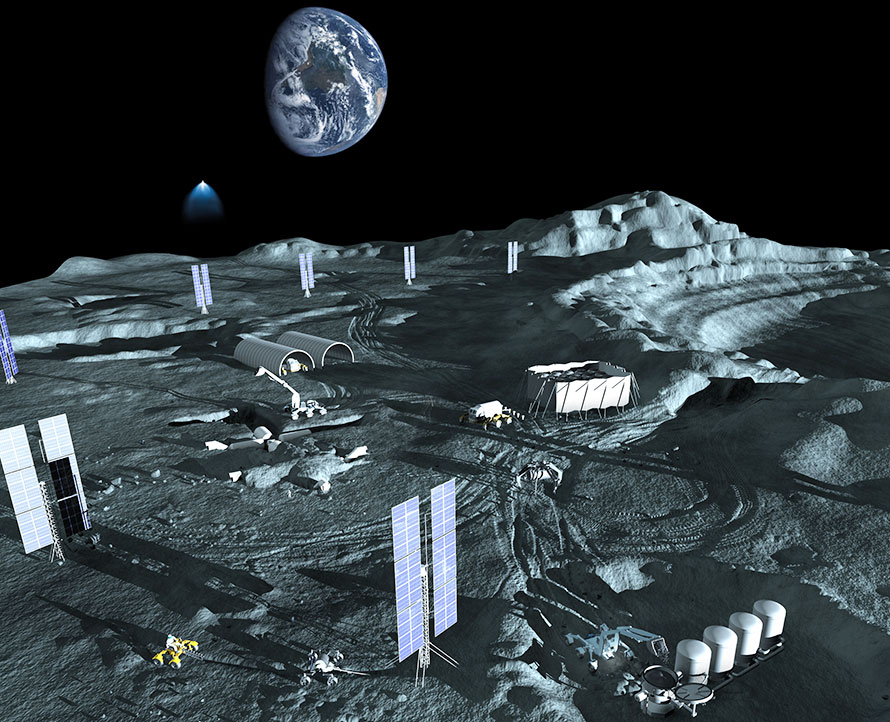
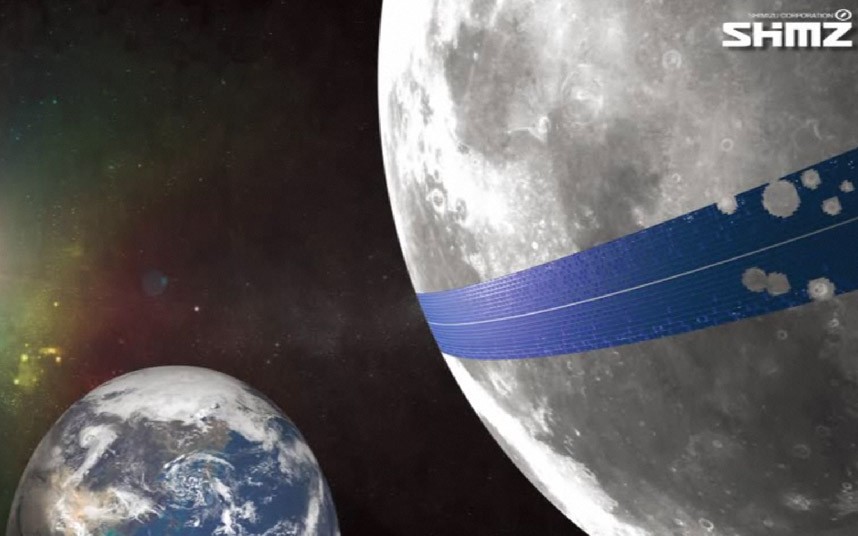
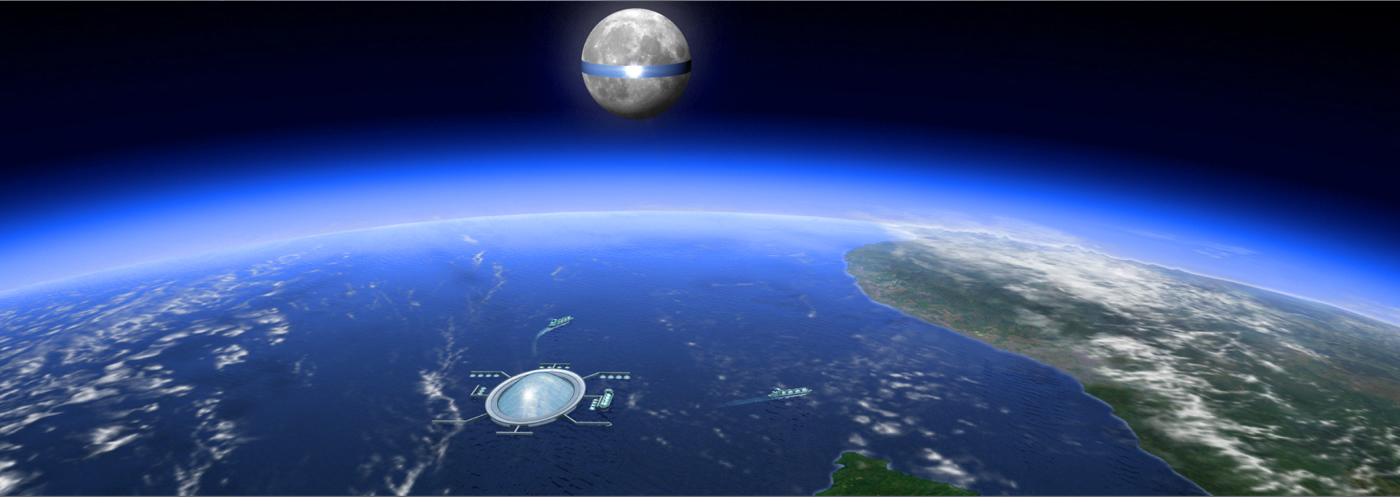


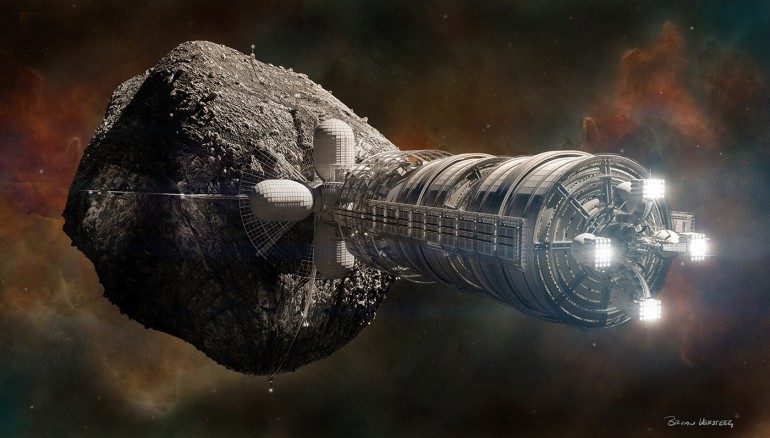
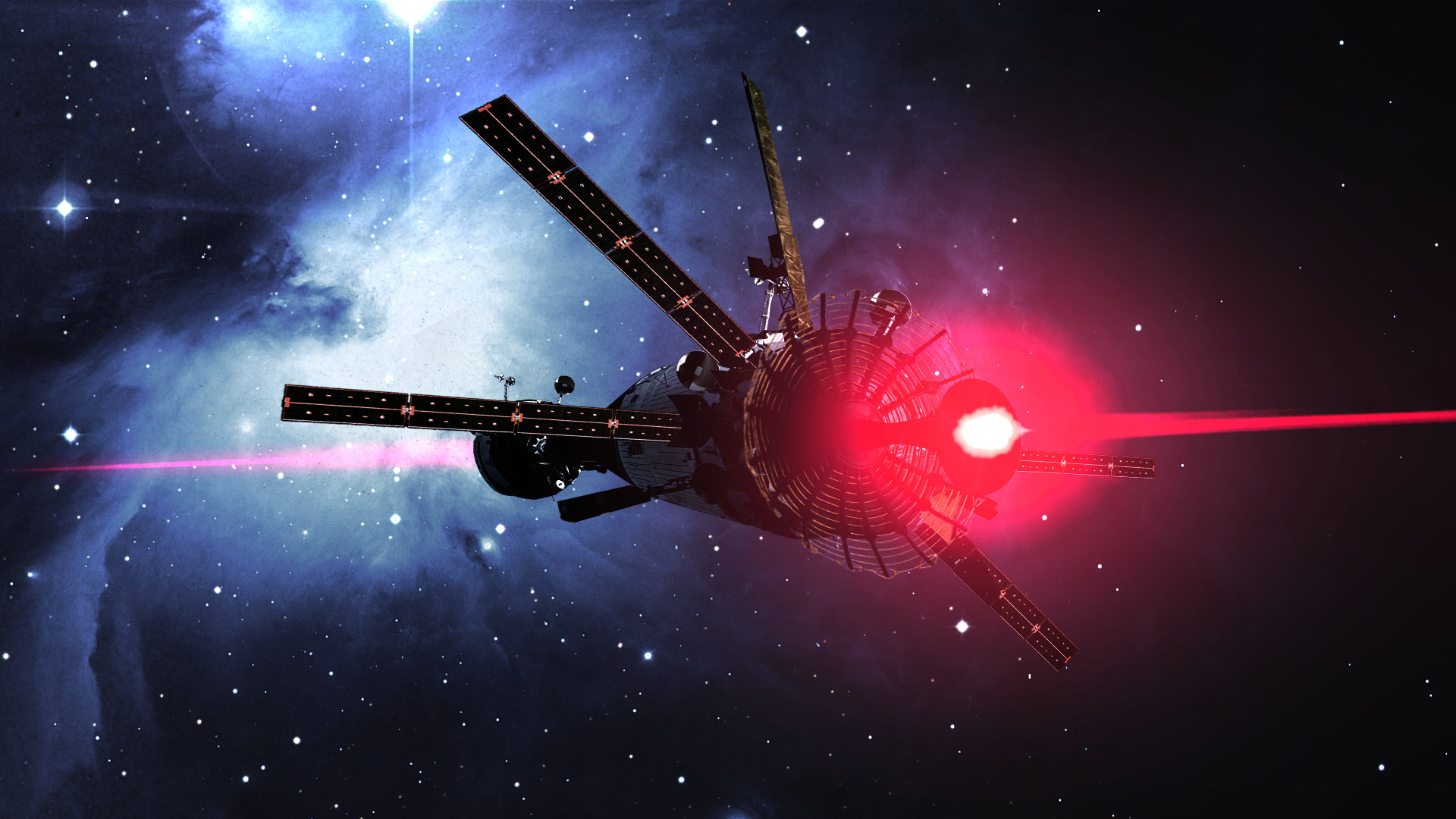


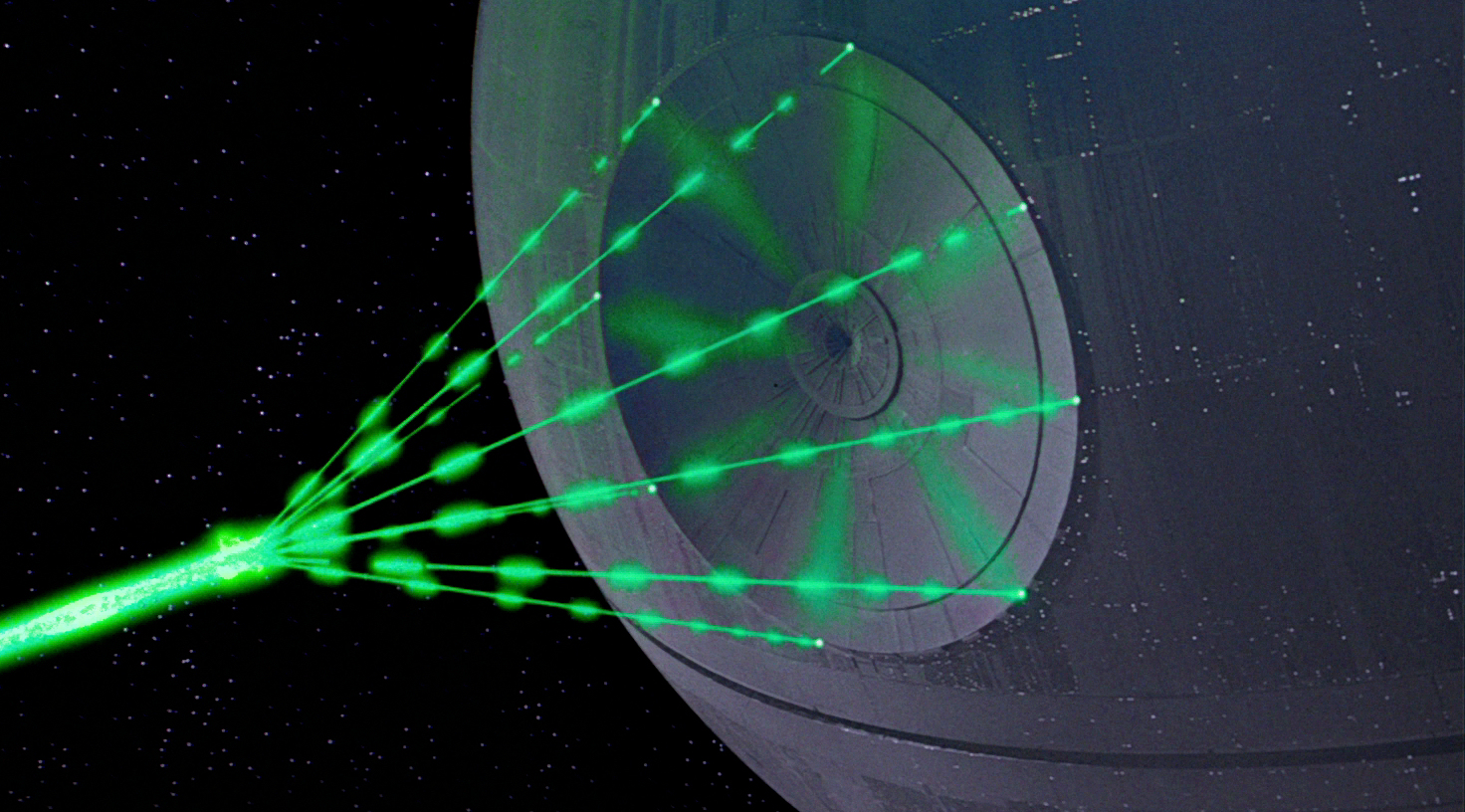
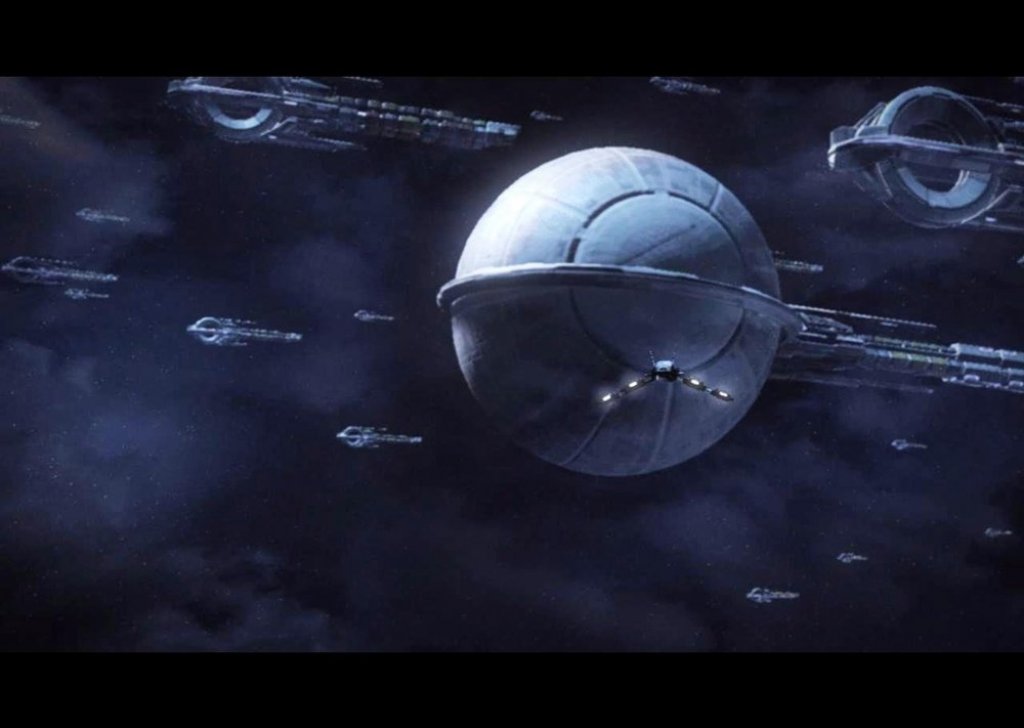



![colony19[1].jpg](https://images.squarespace-cdn.com/content/v1/58757ed7f5e231cc32494a1b/1536896508278-KC49LVZMSJY288KS1PAA/colony19%5B1%5D.jpg)

![9780553373356-uk[1].jpg](https://images.squarespace-cdn.com/content/v1/58757ed7f5e231cc32494a1b/1536733205465-Y3S9PIU62HXZVVXPSPO0/9780553373356-uk%5B1%5D.jpg)
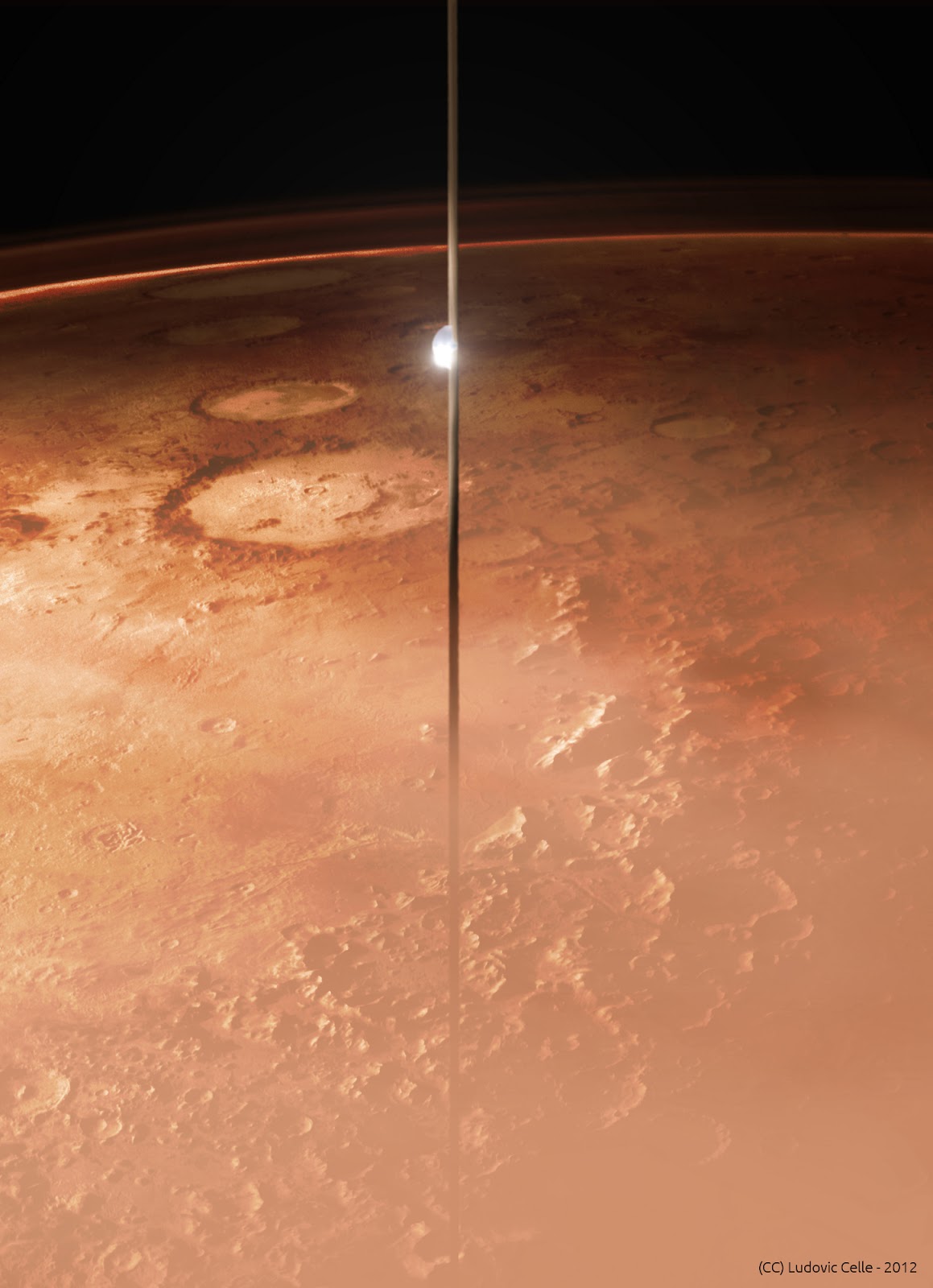
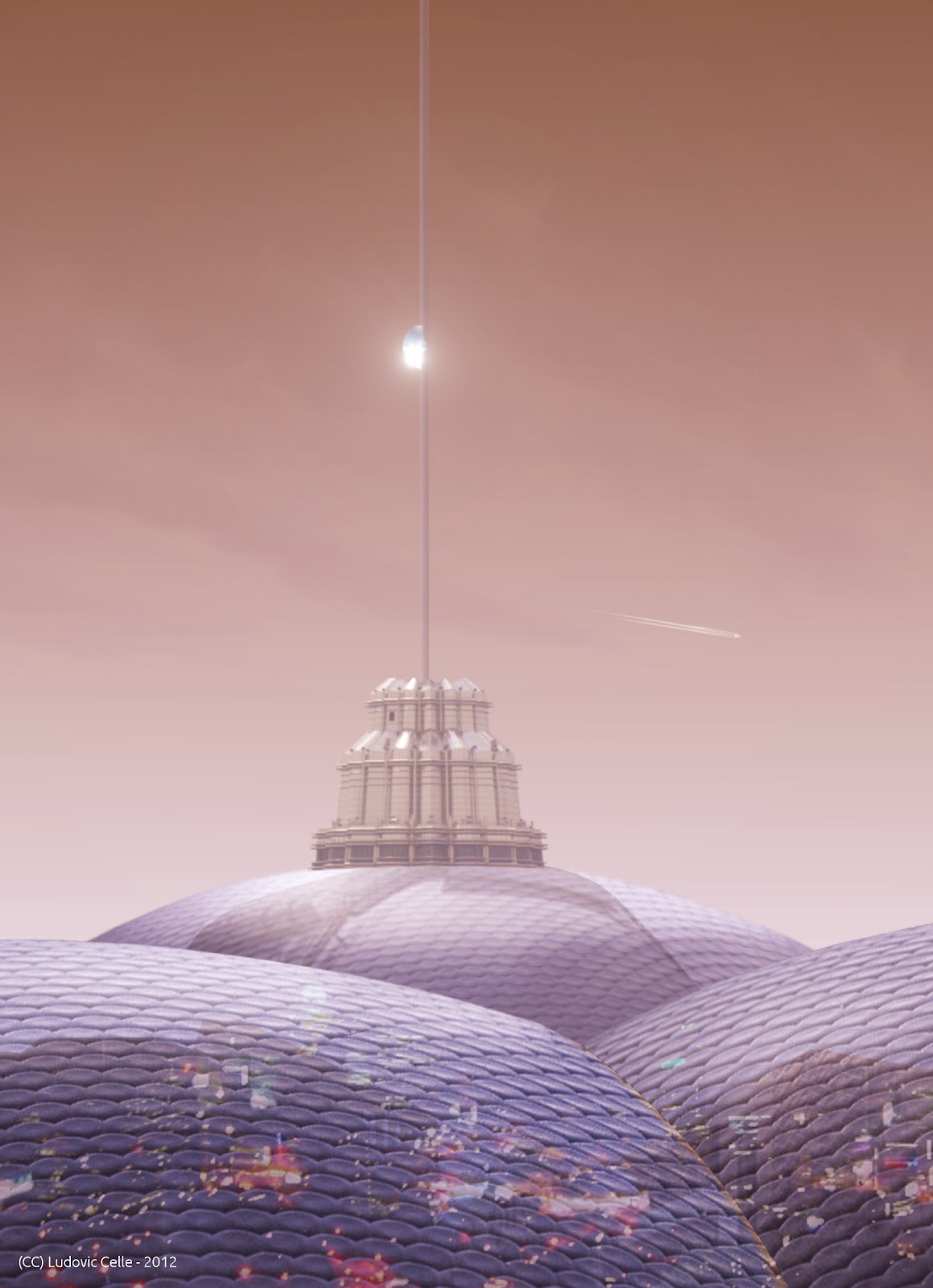
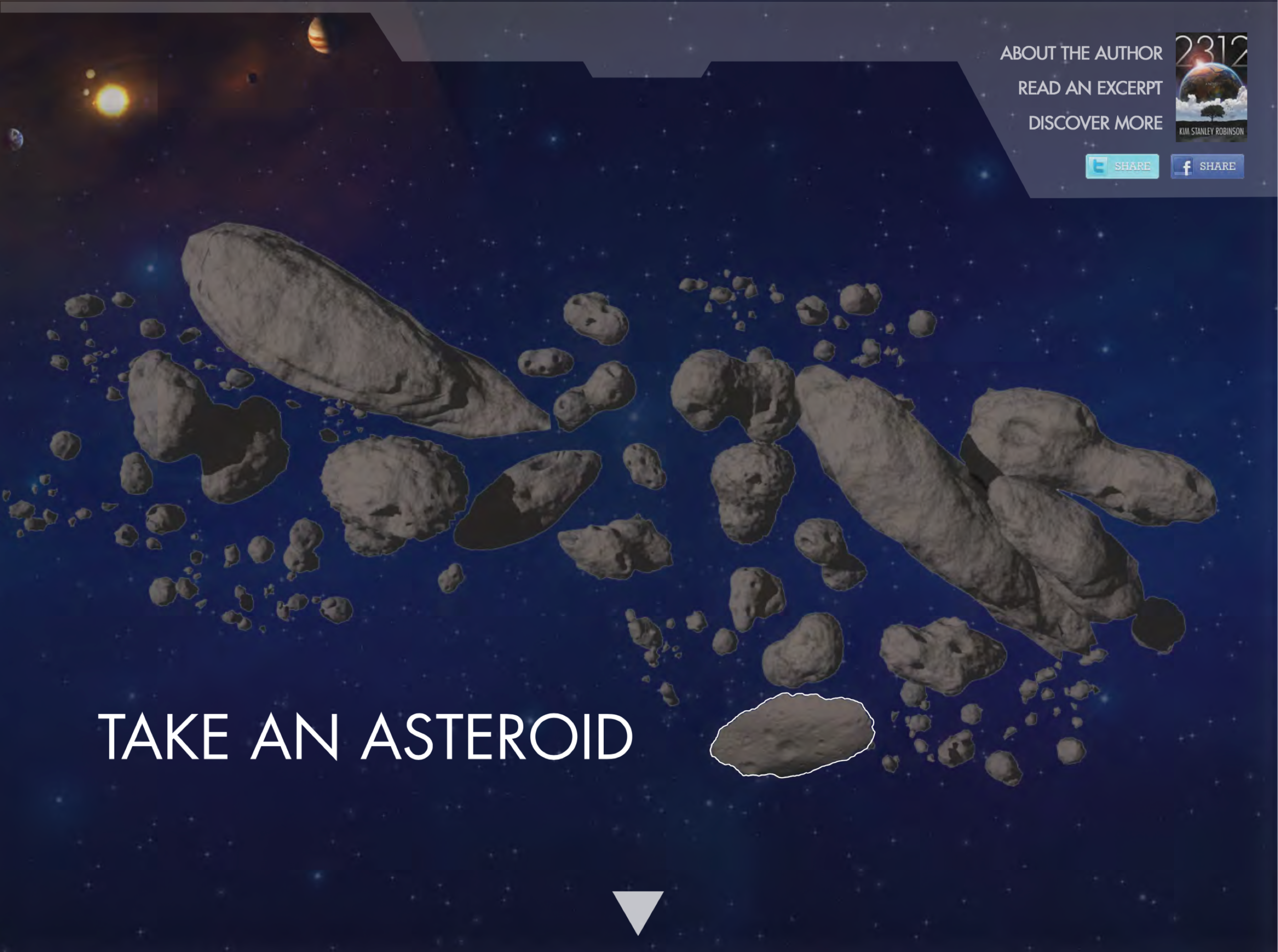
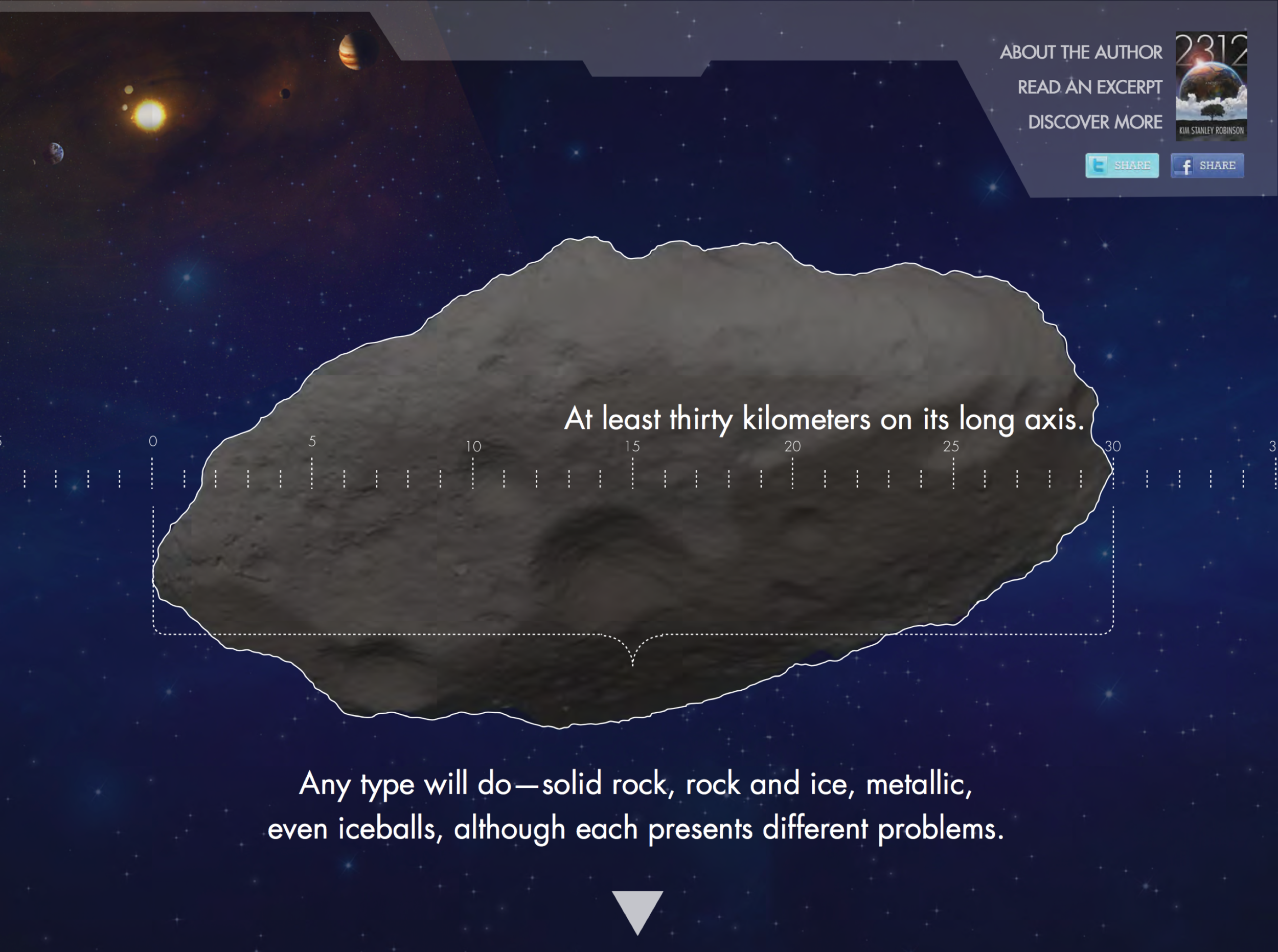
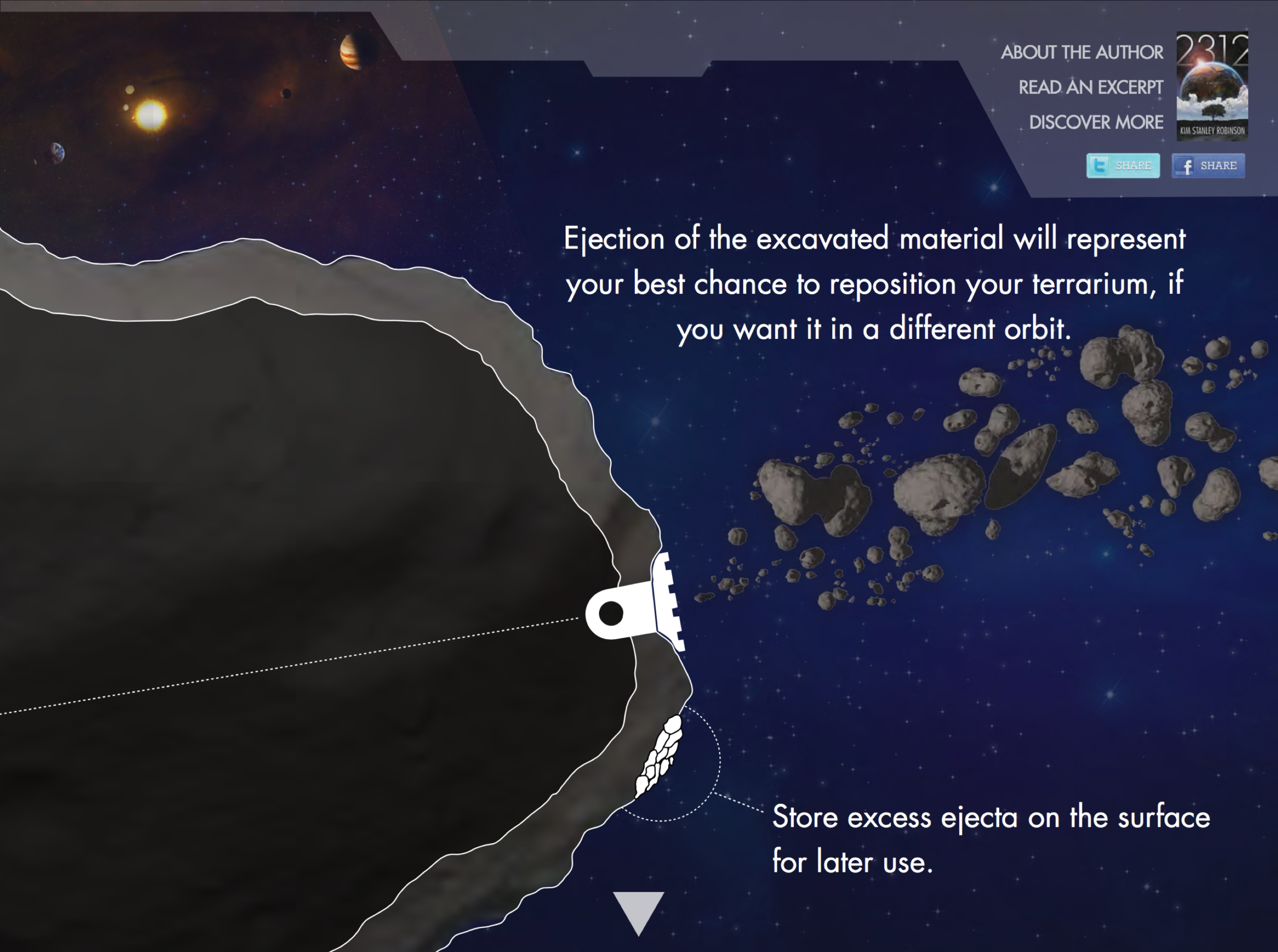
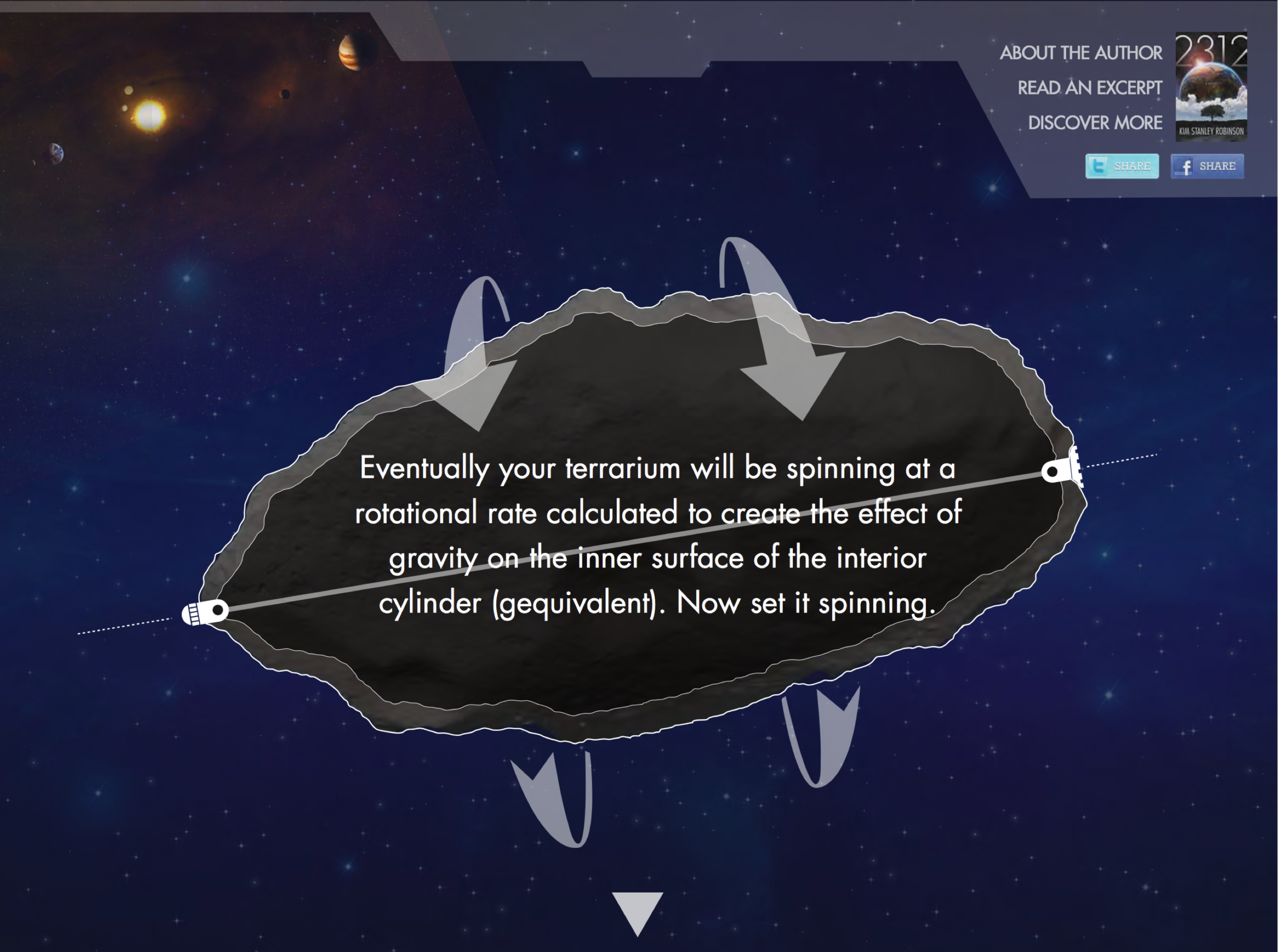



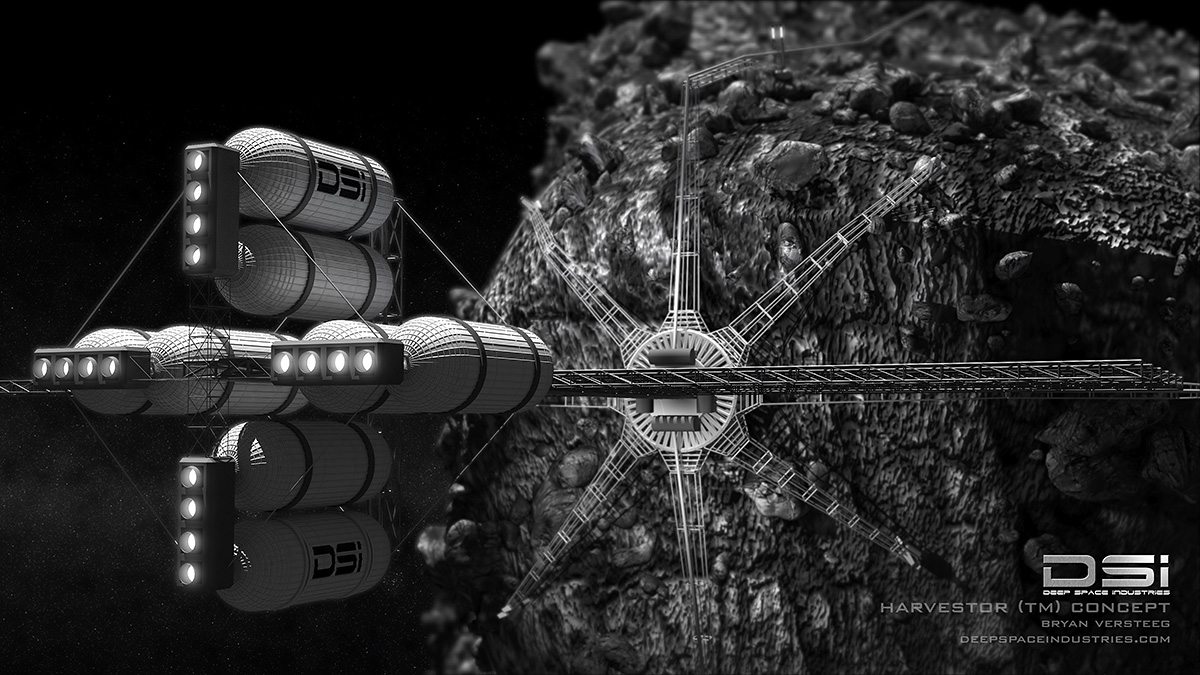
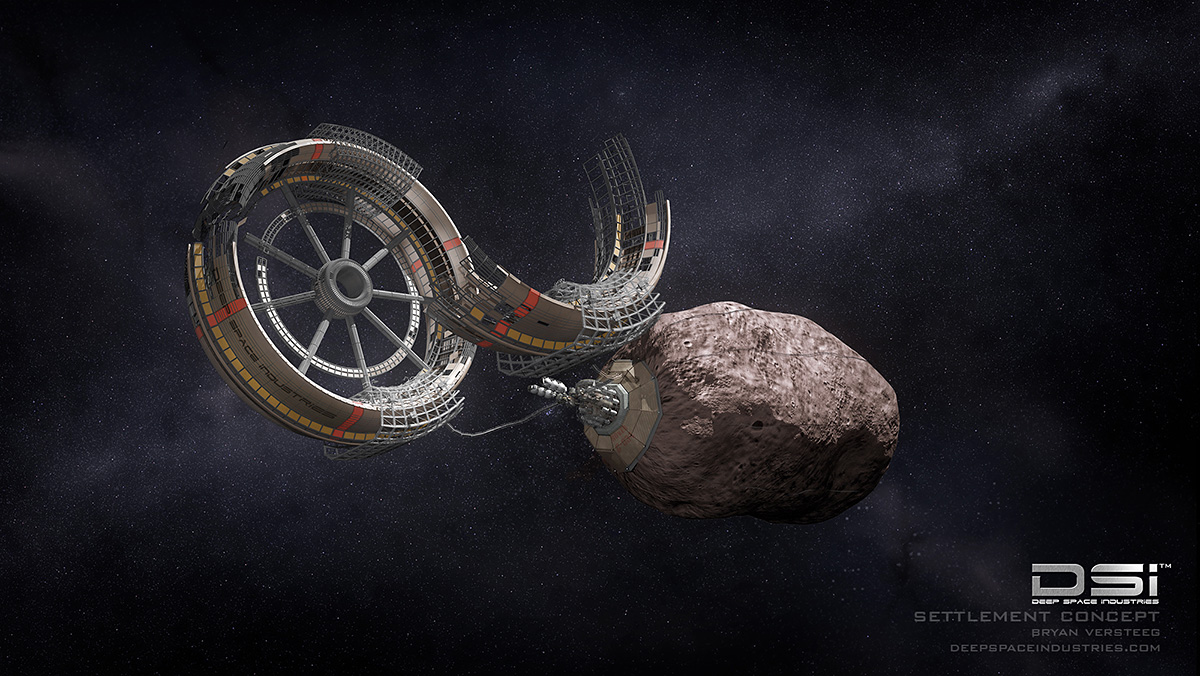


![“Each of the hexagons in this figure represents one of the mirror farms shown in [previous image]. The dots are schematic representations of the habitats occupied by each twent-five-member “band.” in reality the habitats would probably be much too s…](https://images.squarespace-cdn.com/content/v1/58757ed7f5e231cc32494a1b/1536901721246-CXVH0UKZA175H1VNWN7G/yyyyyyyyyyyyyyyyyyyyyyyyyyyyyyyyyy.png)
![“Conceptual model of a growing and evolving asteroid starship. The image of comet 67P by ESA is used as a placeholder for a large asteroid.”\(^{[6]}\) Composite image by Francisco Muñoz and Anton Dobrevski](https://images.squarespace-cdn.com/content/v1/58757ed7f5e231cc32494a1b/1538604062824-AIDTELMCPF0Y4IV91TDG/1_hHjG69bPm3VrMyUG2idPKg.jpeg)